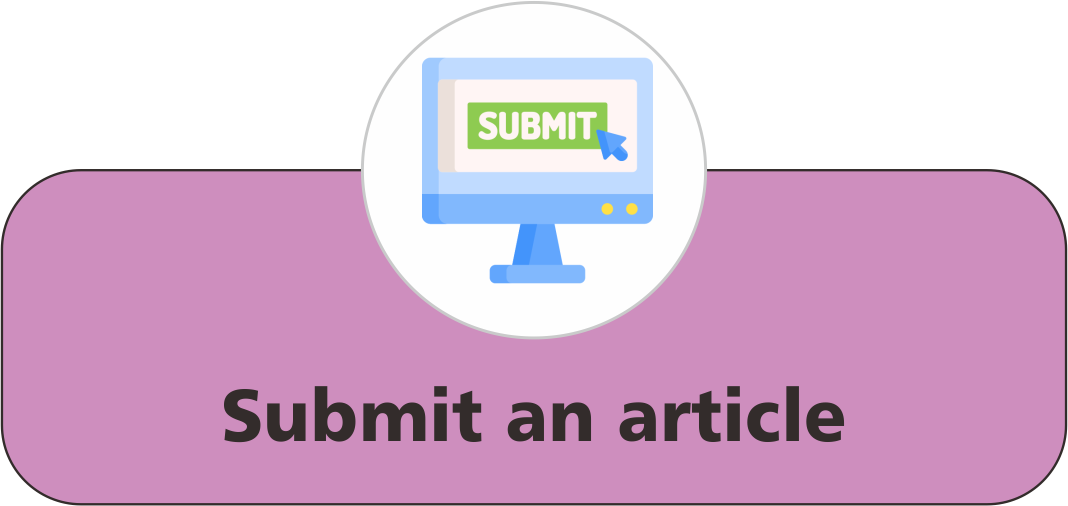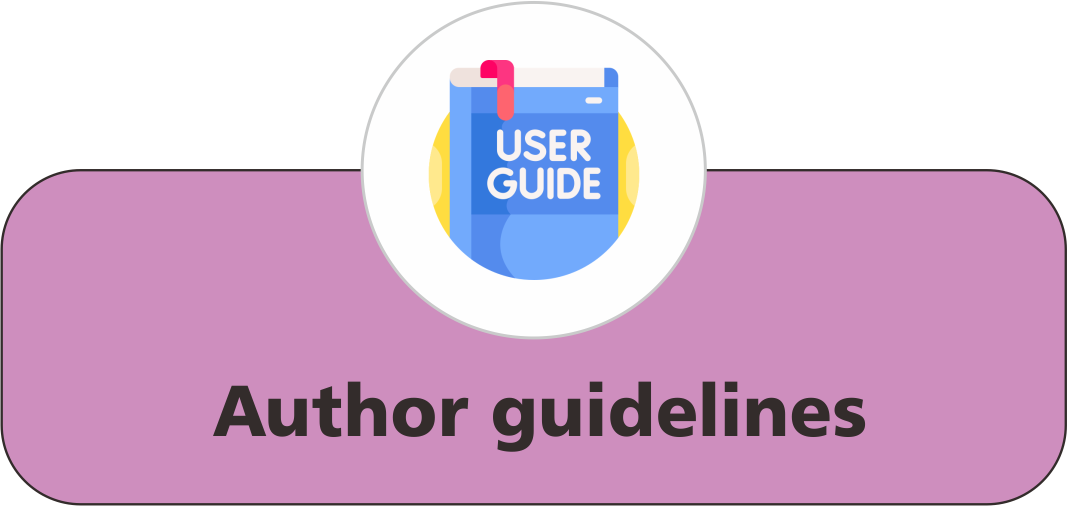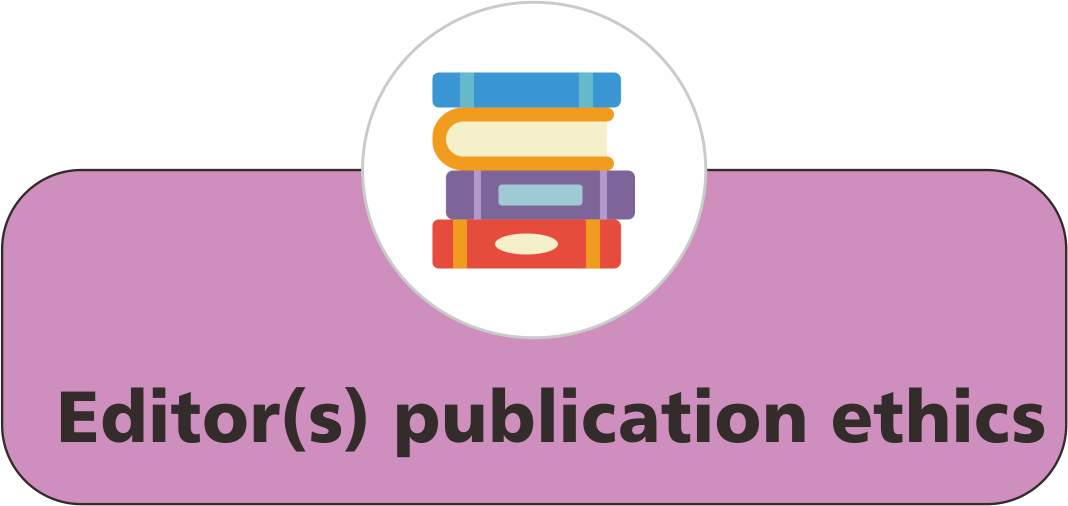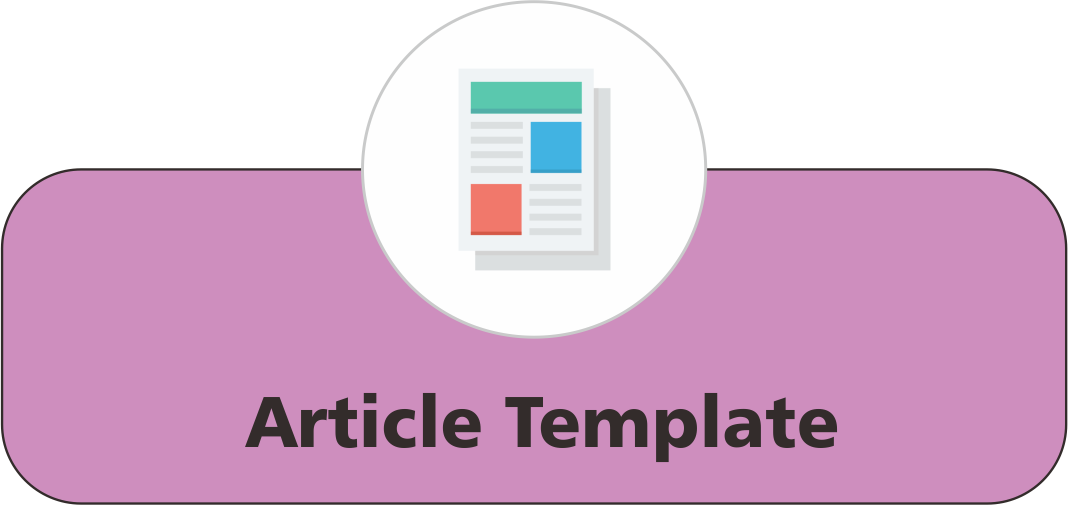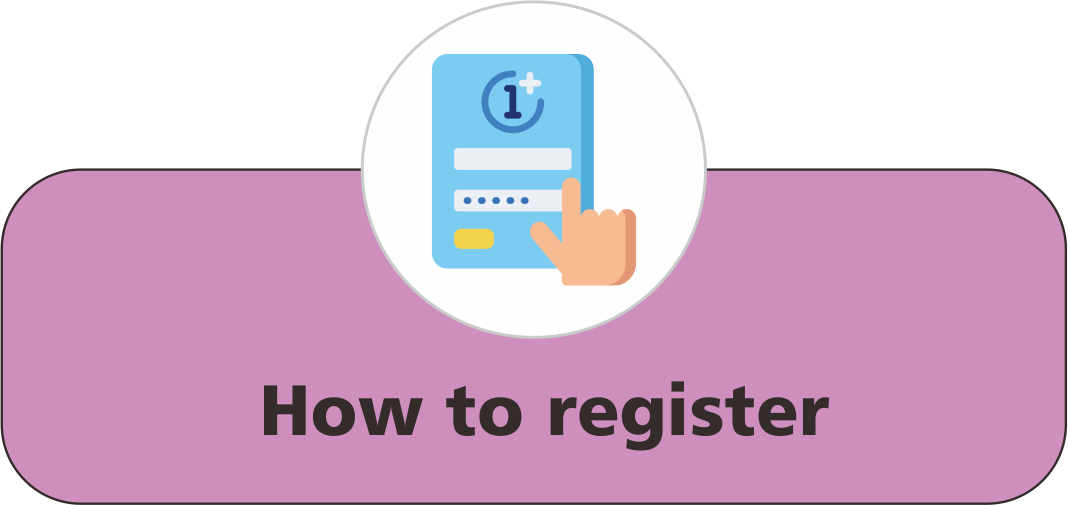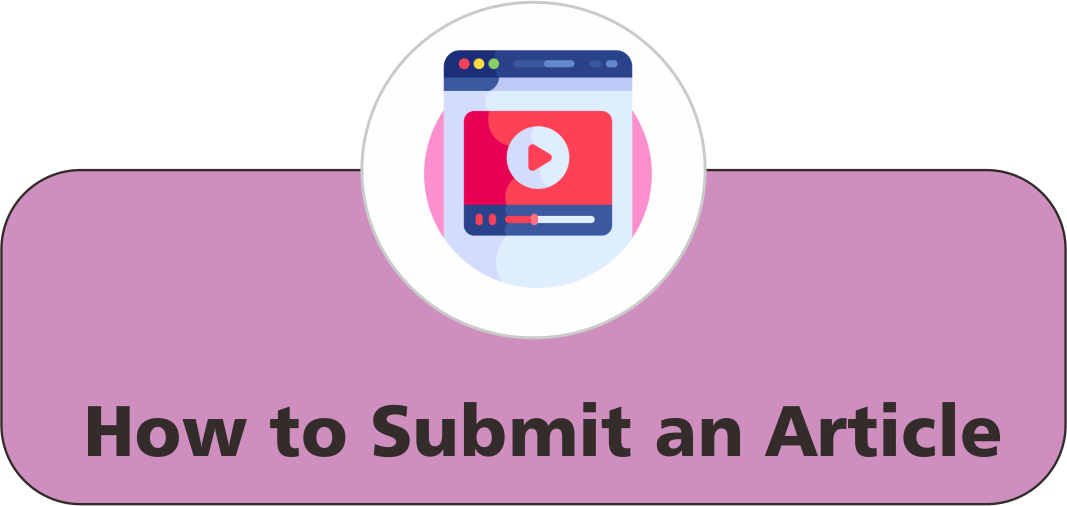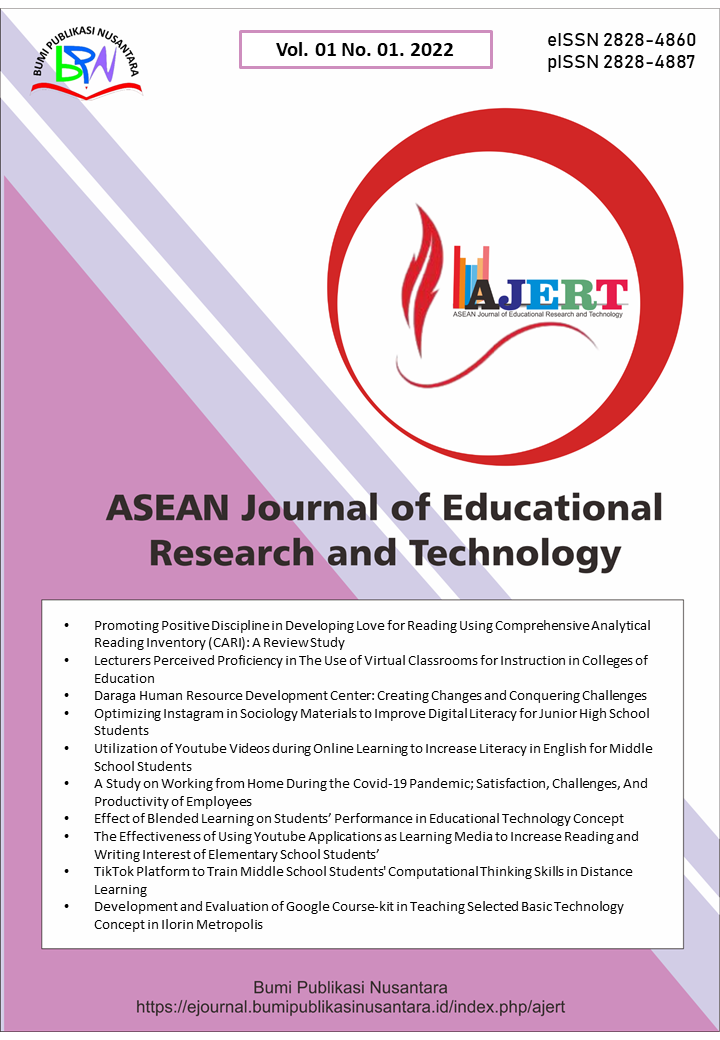Connectivism Theory in Education and Its Applications to Curriculum and Instruction
 ), Oyeronke O. Ogunlade(2),
), Oyeronke O. Ogunlade(2),
(1) Veritas University
(2) University of Ilorin
 Corresponding Author
Corresponding Author
Abstract
Keywords
References
Anderson, T., and Dron, J. (2011). Three generations of distance education pedagogy. The International Review of Research in Open and Distributed Learning, 12(3), 80.
Brauer, D. G., and Ferguson, K. J. (2014). The integrated curriculum in medical education: AMEE Guide No. 96. Medical Teacher, 37(4), 312–322.
Goldie, J. G. S. (2016). Connectivism: A knowledge learning theory for the digital age? Medical Teacher, 38(10), 1064–1069.
Hendricks, G. P. (2019). Connectivism as a learning theory and its relation to open distance education. Progressio: South African Journal for Open and Distance Learning Practice, 41(1).
Leu, D. J., J. Gregory McVerry, W. Ian O'Byrne, Kiili, C., Zawilinski, L., Everett‐Cacopardo, H., Kennedy, C., and Forzani, E. (2019). The new literacies of online reading comprehension: expanding the literacy and learning curriculum. Journal of Adolescent and Adult Literacy, 55(1), 5–14.
Leu, D. J., Kinzer, C. K., Coiro, J., Castek, J., and Henry, L. A. (2017). New literacies: A dual-level theory of the changing nature of literacy, instruction, and assessment. Journal of Education, 197(2), 1–18.
Mayer, R. E. (2018). Thirty years of research on online learning. Applied Cognitive Psychology, 33(2), 152–159.
Muir, T., Douglas, T., and Trimble, A. (2020). Facilitation strategies for enhancing the learning and engagement of online students. Journal of University Teaching and Learning Practice, 17(3), 101–118.
Park, R., and Youn, C. (2020). Exploring connectivism as a learning theory and Implications to lifelong learning. Korean Association for Learner-Centered Curriculum and Instruction, 21(2), 1249–1272.
Sa’adi, S. (2016). Introduction to views of connectivism theory of learning. Register Journal, 3(2), 201.
Shrivastava, A. (2018). Using connectivism theory and technology for knowledge creation in cross-cultural communication. Research in Learning Technology, 26, 1-16.
Sweller, J. (2020). Cognitive load theory and educational technology. Educational Technology Research and Development, 68(1), 1-16.
Vervoort, D., Dearani, J. A., Starnes, V. A., Thourani, V. H., and Nguyen, T. C. (2021). Brave new world: Virtual conferencing and surgical education in the Coronavirus Disease 2019 era. The Journal of Thoracic and Cardiovascular Surgery, 161(3), 748–752.
Article Metrics
Abstract View : 1610 times
: 1610 times Download : 2078 times
Download : 2078 times
Refbacks
- There are currently no refbacks.
Copyright (c) 2024 Bumi Publikasi Nusantara

This work is licensed under a Creative Commons Attribution-ShareAlike 4.0 International License.

